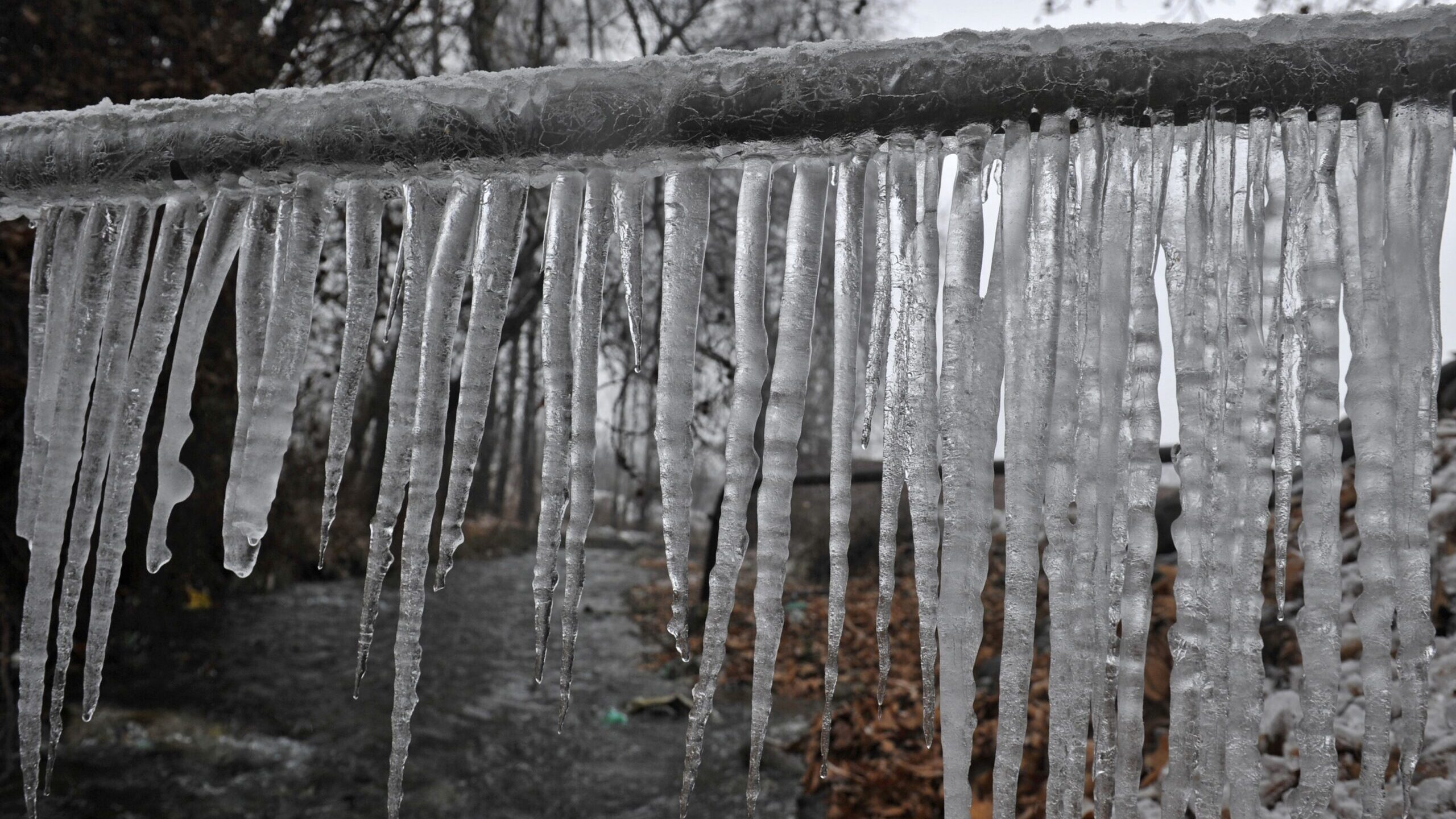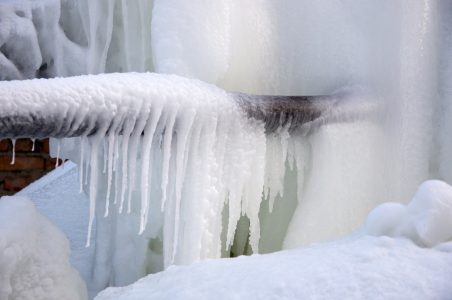How do you actually feel in relation to How to Prevent Your Pipes From Freezing?

Winter can damage your pipes, particularly by freezing pipelines. Below's how to avoid it from taking place and what to do if it does.
Intro
As temperatures drop, the risk of frozen pipes boosts, possibly bring about costly repairs and water damage. Recognizing how to prevent icy pipelines is critical for homeowners in cold environments.
Recognizing Frozen Pipelines
What creates pipes to freeze?
Pipelines freeze when exposed to temperature levels listed below 32 ° F (0 ° C) for prolonged periods. As water inside the pipes ices up, it increases, putting pressure on the pipe walls and potentially creating them to burst.
Dangers and damages
Icy pipes can bring about water supply disruptions, residential property damage, and expensive repairs. Ruptured pipes can flood homes and trigger extensive structural damages.
Signs of Frozen Water Lines
Recognizing icy pipes early can prevent them from bursting.
Just how to identify frozen pipes
Search for decreased water flow from faucets, unusual odors or sounds from pipes, and visible frost on revealed pipelines.
Avoidance Tips
Protecting susceptible pipes
Cover pipelines in insulation sleeves or use heat tape to shield them from freezing temperatures. Concentrate on pipes in unheated or exterior areas of the home.
Heating methods
Keep interior areas adequately heated, particularly areas with pipes. Open up cupboard doors to permit warm air to flow around pipes under sinks.
Shielding Outside Plumbing
Yard hose pipes and exterior taps
Disconnect and drain pipes yard hoses before winter months. Install frost-proof spigots or cover outside taps with shielded caps.
What to Do If Your Pipelines Freeze
Immediate actions to take
If you think frozen pipes, keep faucets available to soothe stress as the ice melts. Use a hairdryer or towels soaked in warm water to thaw pipes slowly.
Long-Term Solutions
Structural adjustments
Consider rerouting pipes far from outside walls or unheated areas. Include added insulation to attics, basements, and crawl spaces.
Updating insulation
Purchase top notch insulation for pipelines, attics, and wall surfaces. Proper insulation aids maintain regular temperatures and lowers the risk of icy pipelines.
Conclusion
Protecting against frozen pipes calls for aggressive steps and fast responses. By recognizing the reasons, signs, and safety nets, home owners can safeguard their pipes throughout cold weather.
5 Ways to Prevent Frozen Pipes
Drain Outdoor Faucets and Disconnect Hoses
First, close the shut-off valve that controls the flow of water in the pipe to your outdoor faucet. Then, head outside to disconnect and drain your hose and open the outdoor faucet to allow the water to completely drain out of the line. Turn off the faucet when done. Finally, head back to the shut-off valve and drain the remaining water inside the pipe into a bucket or container. Additionally, if you have a home irrigation system, you should consider hiring an expert to clear the system of water each year.
Insulate Pipes
One of the best and most cost-effective methods for preventing frozen water pipes is to wrap your pipes with insulation. This is especially important for areas in your home that aren’t exposed to heat, such as an attic. We suggest using foam sleeves, which can typically be found at your local hardware store.
Keep Heat Running at 65
Your pipes are located inside your walls, and the temperature there is much colder than the rest of the house. To prevent your pipes from freezing, The Insurance Information Institute suggests that you keep your home heated to at least 65 degrees, even when traveling. You may want to invest in smart devices that can keep an eye on the temperature in your home while you’re away.
Leave Water Dripping
Moving water — even a small trickle — can prevent ice from forming inside your pipes. When freezing temps are imminent, start a drip of water from all faucets that serve exposed pipes. Leaving a few faucets running will also help relieve pressure inside the pipes and help prevent a rupture if the water inside freezes.
Open Cupboard Doors
Warm your kitchen and bathroom pipes by opening cupboards and vanities. You should also leave your interior doors ajar to help warm air circulate evenly throughout your home.

As a serious person who reads on Preventing and dealing with frozen pipes, I assumed sharing that excerpt was a good thing. Do you know about another person who is intrigued by the topic? Feel free to share it. Thank you for going through it.
Booking